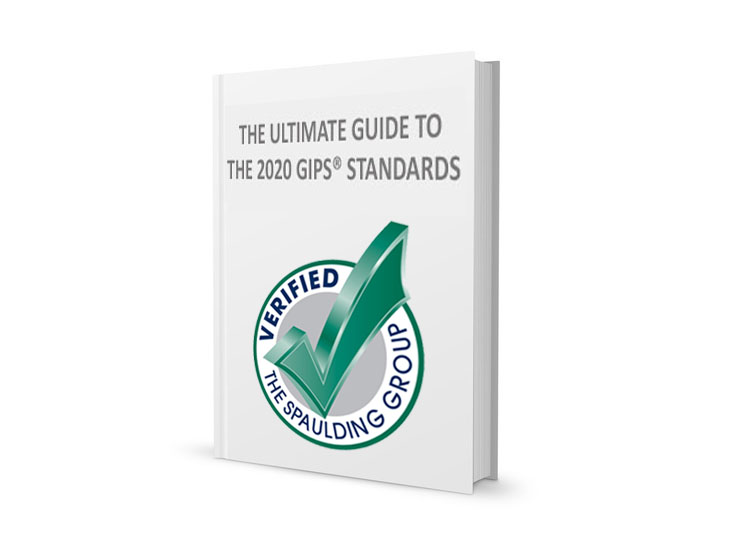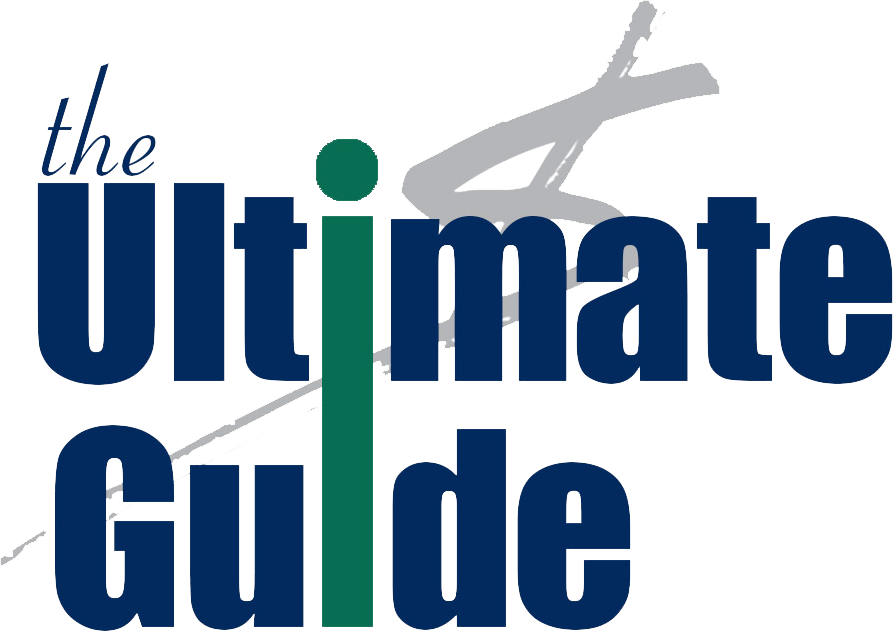

Chapter
4
Developing a Plan to Comply
The changes being introduced with the 2020 version far surpass any other revision to the GIPS standards.
While the effective date is 1 January 2020, firms and asset owners have until they begin to report their 31 December 2020 information, most likely in the first quarter of 2021.85
Despite this rather long delay, organizations should begin now to plan for their ultimate compliance.
Below is our suggested approach to developing your 2020 GIPS Standards Conversion Plan.
Become familiar with the changes
If you have taken the time to read what we’ve summarized above, you’re definitely on your way to understanding what is required. We suggest you obtain a copy of the appropriate publication. Above, we provided you with links to “soft” copies. In addition, you can purchase printed copies on Amazon.
Our firm conducted three webinars, as noted above. You may want to have a look at the one(s) that apply to you.
You should take advantage of other opportunities to learn about the Standards. We, as well as the CFA Institute, will continue to offer webinars and in-person events to address these changes.
You should also review the appropriate “adopting release(s),” as identified above. These highlight the changes.
The GIPS Handbook86 will be published in parts, starting at the end of 2019, and extending into the start of 2020. This material will provide interpretative language, along with Q&As to help you better understand what is required.
TSG will continue to post information on LinkedIn (in the form of videos, blog posts, and other materials), as well as in our newsletter.
Our GIPS verification clients will each be provided with written guidance to help them prepare and plan for conversion.
85 Perhaps this is, for some, a bit ambitious. Since the Standards allow organizations 12 months to report their information, some may elect to not report their 31 December 2020 information until late in 2021.
86 We understand the name of this document will change, though what that will be is not yet known.
Should you “early adopt” the changes?
First, to clarify, there is no recommendation for organizations to “early adopt.”
Second, recall that whether you “early” adopt or not, adoption must be “full,” except for those items listed above that do not have an asterisk next to them.
Reasons to early adopt:
If one or more of the 2020 changes that you cannot adopt without full adoption have great appeal to you, you may want to adopt early, so that you can take advantage of them. Otherwise, we think you should delay adoption.
Note: there is no great significance to you adopting early, other than, perhaps, some “bragging rights.” There are definitely a lot of great changes with the 2020 version, but being mindful of the need to “fully” adopt if you adopt even one of the changes that require full might cause you to delay.
In general, we do not recommend early adoption.
Reasons not to early adopt:
Not everything is yet known. As we complete this document, we are a few months away from the first part of the interpretative materials. We think that waiting until they are all available can prove to be very helpful. We will be happy to offer our views and interpretation for any questions that our clients raise. But this document will provide the “official” interpretations. Granted, this material will not cover everything, but will definitely be helpful.
If you rely upon a software vendor to support your claim of compliance, perhaps with a composite system or calculating your returns, you will want to make sure they are set before you officially adopt, as you will want to rely upon their functionality.
Check in with your vendor or technology folks
If you rely upon a software vendor to support your claim, or if you have an internal system developed by your IT department, you should discuss with them where they stand in implementing the necessary changes.
TSG has initiated a survey to see where vendors stand, and this will, we’re sure, be helpful to many. But you’ll want to make sure you’re in touch with your representatives. Hopefully, they have already begun to reach out to you.
If you’re an asset owner who relies upon your custodian, you may want to check with them on what changes they plan to make in response to the 2020 version.
Identify what you want to adopt early
By this, we do not mean “early adoption.” Rather, we mean scanning the changes that you can adopt without full adoption, and begin to employ them. For example, the trademark language: you may want to incorporate that today.
If you’re an asset manager who has traditionally not created composites for non-marketed strategies, you’ll want to get to work building them. Note that this technically isn’t a change to the Standards, but more of a clarification, as too many firms misunderstood the requirements. You’ll also want to make sure you are able to produce your GIPS Composite or Asset Owner Reports in a timely manner.
What optional changes do you want to take advantage of?
There are several changes that require full adoption that many, many organizations will want to avail themselves of. For example, mutual fund companies who have hesitated to comply, because they didn’t want to create hundreds of composites and associated materials for funds they never market to separate accounts, or asset managers who excluded their funds for this reason, will want to take advantage of the option to avoid having composites for these funds.
If you’re a wrap fee manager, you may want to take advantage of the ability to use estimated transaction costs, so that you can report “true” gross-of-fee returns, as well as net-of-fee that are net of only their fees, plus these transaction costs.87
Many managers will want to avail themselves of the option to allocate cash for carve-outs.
And, some asset owners will like the ability to have a single “firm” to house both their “asset owner” and “asset manager” composites (what we previously referred to as a “hybrid” firm definition).
By identifying the major changes you want to adopt, you can determine how quickly you want to adopt them, identify where you want to employ them, and ensure the technology support is available to support you.
Putting your plan together
We recommend that you develop a formal plan that identifies the steps in the process, the responsible party(ies), and the timing for completion. We think this will prove helpful.
87 Note that when marketing to wrap prospects, you are still required to have net-of-fee returns that are net of the entire wrap fee.
Visit our “Insiders’ Website.”
If you are a TSG client, then you will have access to additional materials which we will post on the Insiders' Website.

Want To Save This Guide For Later?
No problem! Just enter your email address and we'll send you the PDF of this guide for free.